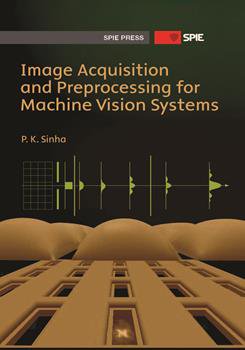|
The visual appearance of an image is generally characterized by two properties: brightness and contrast. Brightness refers to the overall intensity level and is therefore influenced by the individual gray-level (intensity) values of all the pixels within an image. Since a bright image (or subimage) has more pixel gray-level values closer to the higher end of the intensity scale, it is likely to have a higher average intensity value. Contrast in an image is indicated by the ability of the observer to distinguish separate neighboring parts within an image. This ability to see small details around an individual pixel and larger variations within a neighborhood is provided by the spatial intensity variations of adjacent pixels, between two neighboring subimages, or within the entire image. Thus, an image may be bright (due to, for example, overexposure or too much illumination) with poor contrast if the individual target objects in the image have optical characteristics similar to the background. At the other end of the scale, a dark image may have high contrast if the background is significantly different from the individual objects within the image, or if separate areas within the image have very different reflectance properties. The definition of contrast can be extended from illumination to image pixel intensity (Sec. 2.5). For a captured image with maximum and minimum gray-level values gmax and gmin, and using the sinusoidal image intensity shown in Fig. 9.1, image contrast modulation and mean brightness are given by (9.1a) |
|
|


